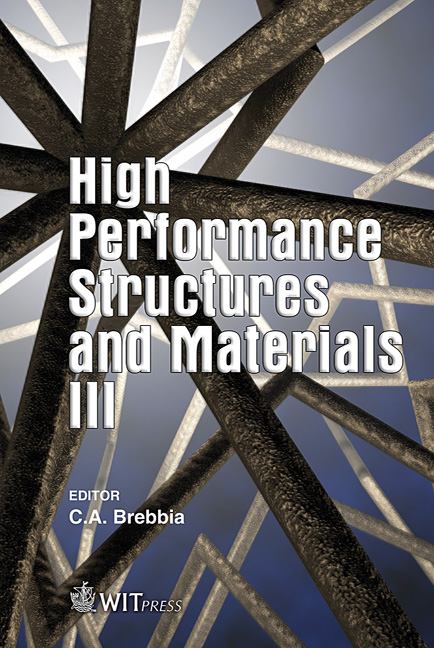Optimal Design Of Fibre Reinforced Tubular Structures
Price
Free (open access)
Transaction
Volume
85
Pages
12
Published
2006
Size
525 kb
Paper DOI
10.2495/HPSM060581
Copyright
WIT Press
Author(s)
H. Martikka & E. Taitokari
Abstract
The main purpose of this study is to present results of the design and damage analysis of industrial vessel shell microstructures made of fibre reinforced plastic laminates and subject to mechanical and aggressive chemical loads due to sulphuric and hydrochloric acids and high temperatures. Methods to obtain optimal performance microstructure are use of balanced and symmetric laminate layering with optimal fibre strengthening directions and volume fractions. Optimal selection of chemically resistant fibres and matrix is essential for endurance. Use of thick enough walls is cost-effective for vessel bottoms. Two vessel winding manufacturing technologies are compared for optimal selection. Keywords: composite materials and structures, optimal design, stress corrosion cracking. 1 Introduction Composites used for structural engineering are commonly formed from five commonest material groups, metals, ceramics, glasses, elastomers and polymers. Design rules and codes are based continuum models. Another trend is to use more microscopic modelling. Useful information of composite design is presented by Agarwal and Broutman [1] and Barbero [2]. Chemical resistances are studied by Aveston and Sillwood [3] and, Kawada and Srivastava [4]. In aggressive enough loadings all material alternatives and combinations suffer accumulation of damage. Typical damage events are stress corrosion wearing of outer surface, fracture of fibres and degradation of matrix. The main purpose of this study is to present results of design and damage study analysis of industrial vessel walls.
Keywords
composite materials and structures, optimal design, stress corrosion cracking.





